

Mitigating Africa’s worst pest threat to food security by revolutionizing crop protection with a biological and sustainable weed control alternative.
This technology is a selective biological herbicide that farmers apply as a seed coating to boost their crop yields. This groundbreaking innovation is one of the first bioherbicides to be commercialized worldwide. It uses strains of a specific Kenyan fungus, Fusarium oxysporum f.sp. strigae, which have been selected for their ability to over-produce certain amino acids that kill Striga (witchweed) without harming maize. Normally, Fusarium oxysporum isn’t strong enough to protect crops from Striga. However, by choosing a strains that over-produces specific amino acids, the fungus can effectively reduce Striga infestation and restore crop yields. This is the first technology to combine the benefits of amino acid inhibition with fungal pathogens.
This technology is validated.
Adults 18 and over: Positive high
The poor: Positive high
Women: Positive medium
Climate adaptability: Highly adaptable
Farmer climate change readiness: Significant improvement
The striga bioherbicide technology targets Striga (witchweed), a parasitic weed that causes significant yield losses in staple crops such as maize and sorghum. With a positive impact on crop productivity and food security, it is easily applicable in dispersed farming communities, particularly benefiting smallholder farmers, women, and young people. This contributes to reducing poverty, hunger, and improving overall well-being.
As the technology is available in several countries, including Kenya, include the delivery cost to the project site and account for import clearance and duties if relevant.
Training is important because treating seeds requires knowledge and skills to be performed properly and safely. A team of trainers could provide training and support during project installation. Include the cost for training and post-training support for using the technology.
Communication support for the technology should be developed (flyers, videos, radio broadcasts, etc.).
For better optimization of this technology, it is recommended to associate it with complementary technologies such as improved seed varieties, integrated pest management strategies, and sustainable farming practices.
Retail prices to treat 2kg of maize seed
Yield increased
Scaling Readiness describes how complete a technology’s development is and its ability to be scaled. It produces a score that measures a technology’s readiness along two axes: the level of maturity of the idea itself, and the level to which the technology has been used so far.
Each axis goes from 0 to 9 where 9 is the “ready-to-scale” status. For each technology profile in the e-catalogs we have documented the scaling readiness status from evidence given by the technology providers. The e-catalogs only showcase technologies for which the scaling readiness score is at least 8 for maturity of the idea and 7 for the level of use.
The graph below represents visually the scaling readiness status for this technology, you can see the label of each level by hovering your mouse cursor on the number.
Read more about scaling readiness ›
Uncontrolled environment: validated
Used by some intended users, in the real world
| Maturity of the idea | Level of use | |||||||||
| 9 | ||||||||||
| 8 | ||||||||||
| 7 | ||||||||||
| 6 | ||||||||||
| 5 | ||||||||||
| 4 | ||||||||||
| 3 | ||||||||||
| 2 | ||||||||||
| 1 | ||||||||||
| 1 | 2 | 3 | 4 | 5 | 6 | 7 | 8 | 9 | ||
| Country | Testing ongoing | Tested | Adopted |
|---|---|---|---|
| Cameroon | Testing ongoing | –Not tested | –Not adopted |
| Ethiopia | Testing ongoing | –Not tested | –Not adopted |
| Ghana | Testing ongoing | –Not tested | –Not adopted |
| Kenya | –No ongoing testing | Tested | Adopted |
| Nigeria | Testing ongoing | –Not tested | –Not adopted |
| Uganda | Testing ongoing | –Not tested | –Not adopted |
This technology can be used in the colored agro-ecological zones. Any zones shown in white are not suitable for this technology.




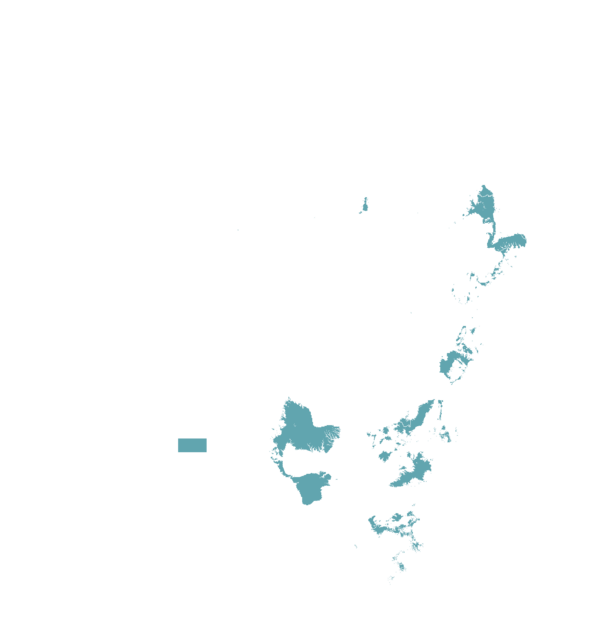
| AEZ | Subtropic - warm | Subtropic - cool | Tropic - warm | Tropic - cool |
|---|---|---|---|---|
| Arid | – | – | ||
| Semiarid | – | – | ||
| Subhumid | – | – | – | – |
| Humid | – | – | – | – |
Source: HarvestChoice/IFPRI 2009
The United Nations Sustainable Development Goals that are applicable to this technology.
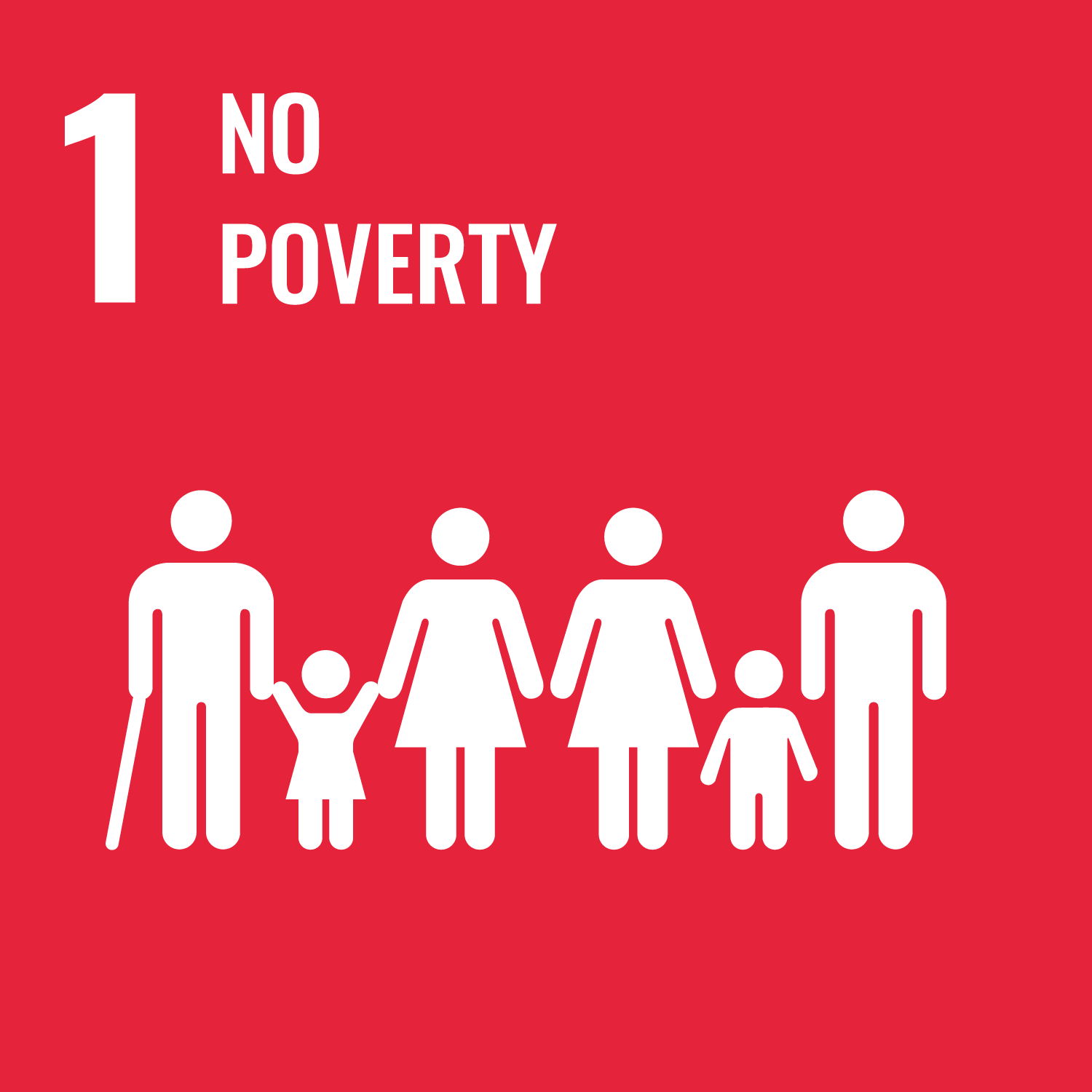

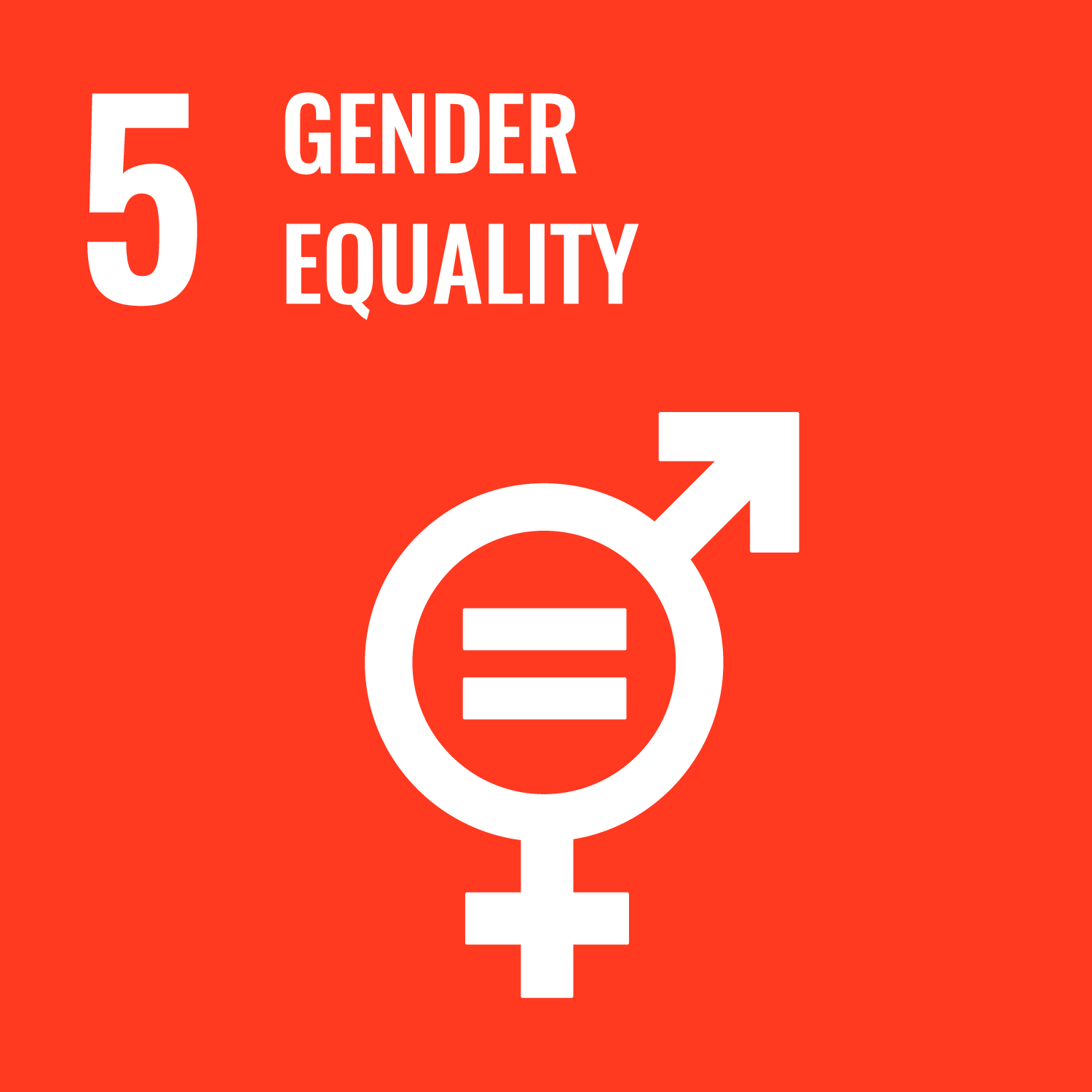

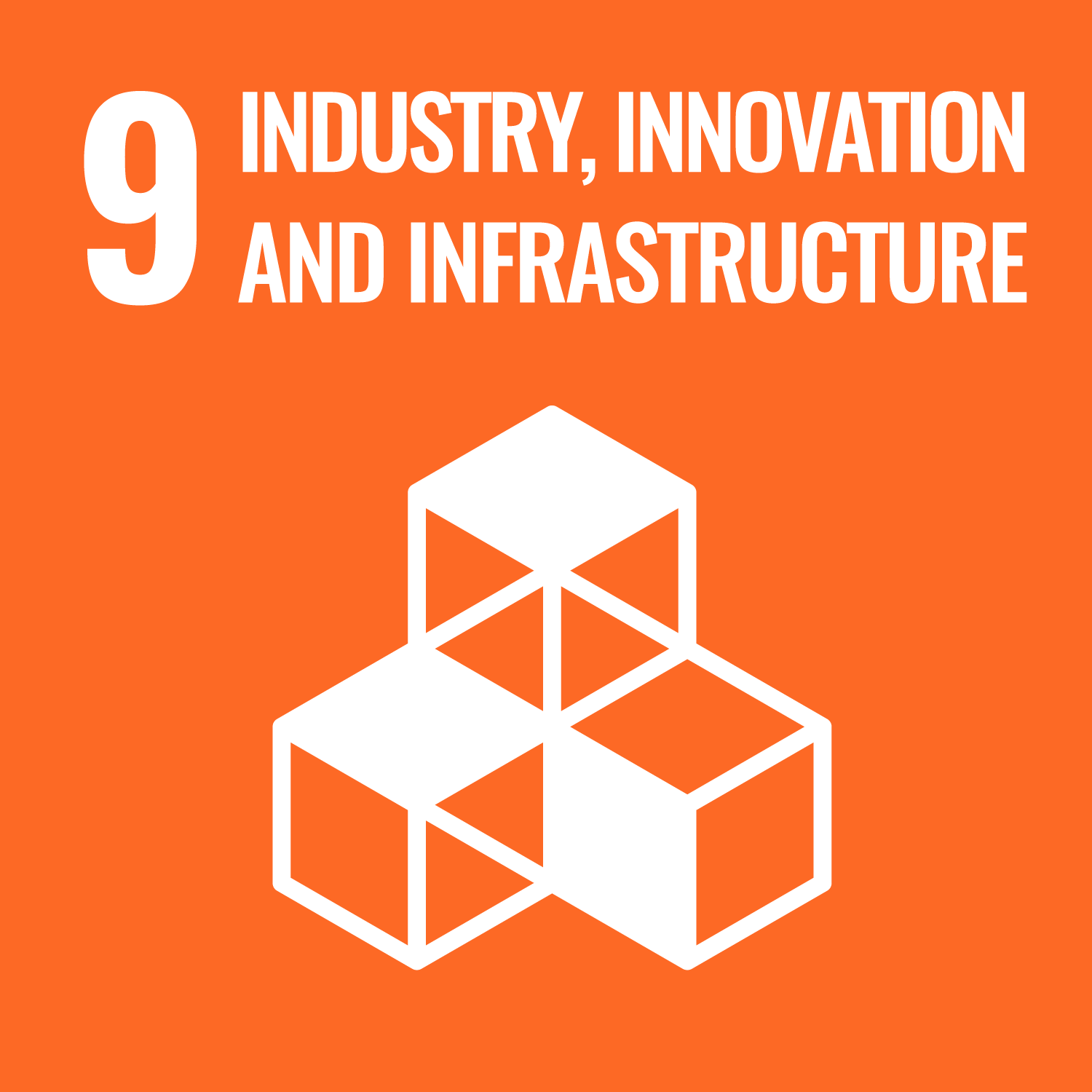
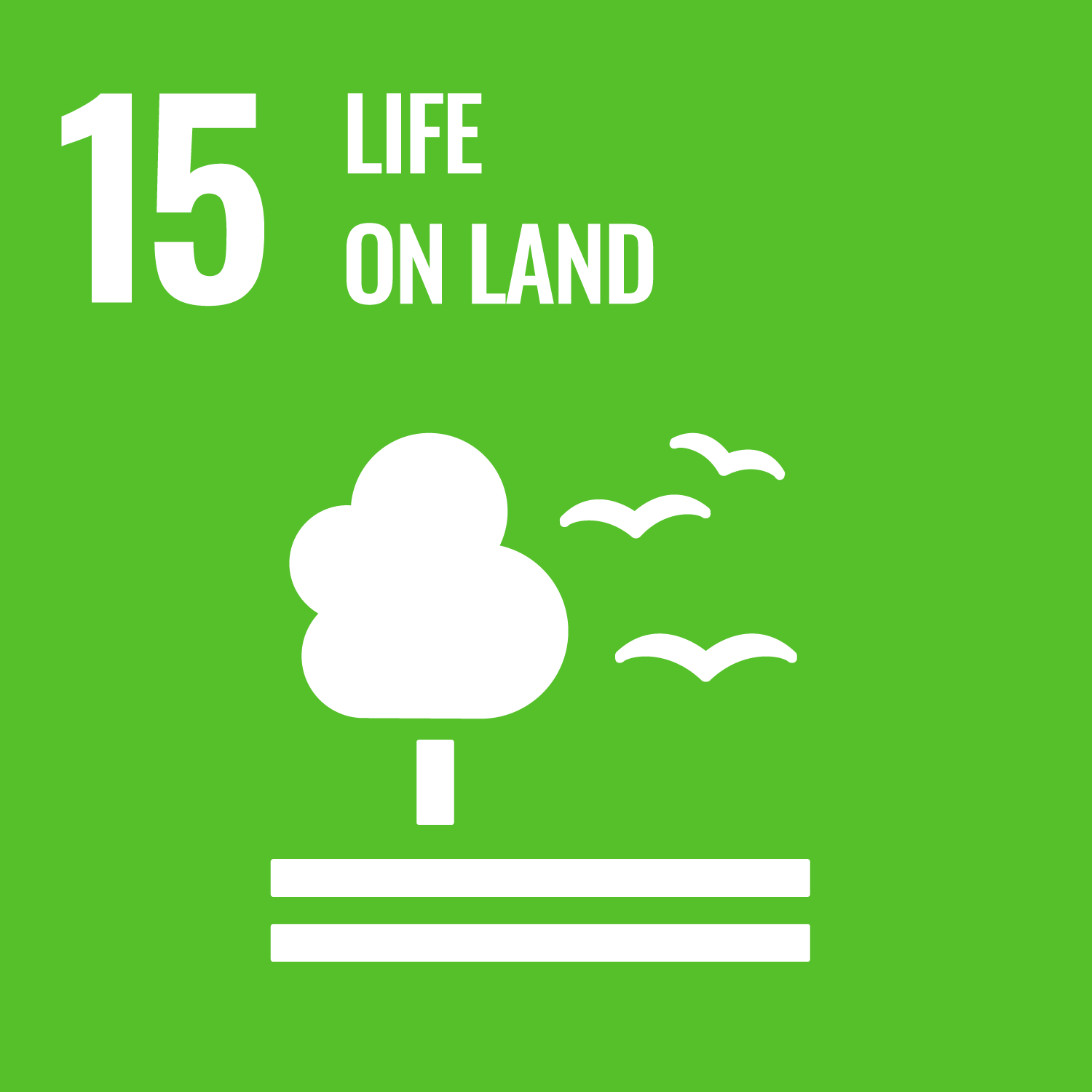

Kichawi Kill is administered by:
Last updated on 7 April 2025